Tesla’s Elon Musk gives a grave warning to those trying to hold back self-driving car technology. According to him, we have it all backwards.
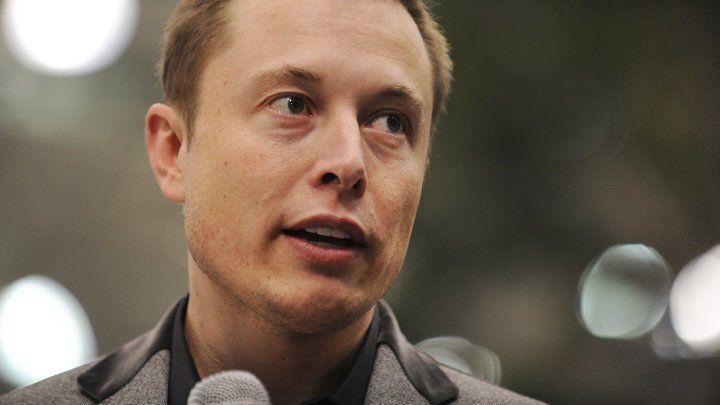

Tesla’s Elon Musk gives a grave warning to those trying to hold back self-driving car technology. According to him, we have it all backwards.
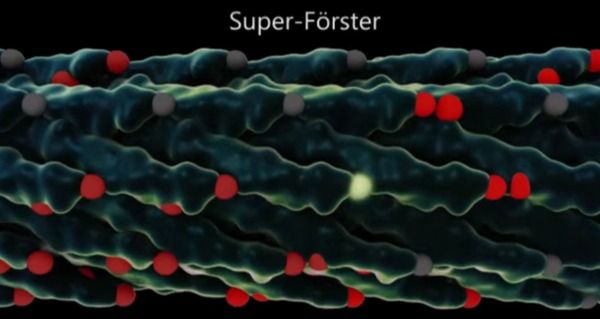
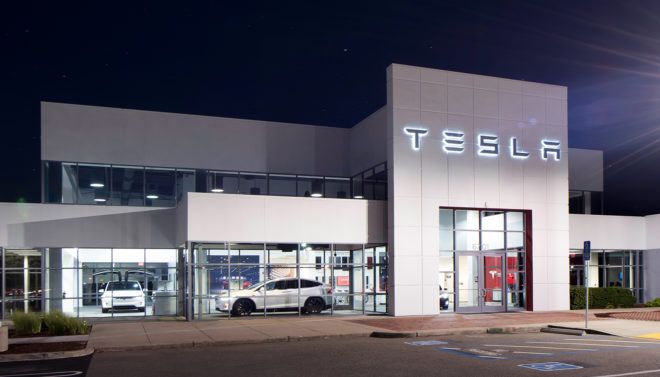

The wealth gap worries Forbes, not your usual wide-eyed socialist.
How do we expect to feed that many people while we exhaust the resources that remain?
Human activities are behind the extinction crisis. Commercial agriculture, timber extraction, and infrastructure development are causing habitat loss and our reliance on fossil fuels is a major contributor to climate change.
Public corporations are responding to consumer demand and pressure from Wall Street. Professors Christopher Wright and Daniel Nyberg published Climate Change, Capitalism and Corporations last fall, arguing that businesses are locked in a cycle of exploiting the world’s resources in ever more creative ways.
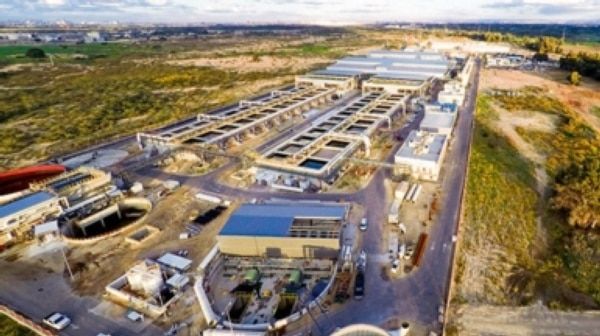

A revolutionary and emerging class of energy-harvesting computer systems require neither a battery nor a power outlet to operate, instead operating by harvesting energy from their environment. While radio waves, solar energy, heat, and vibrations have the ability to power devices, harvested energy sources are weak leading to an “intermittent execution”, with periodic power failures and unreliable behavior.
Brandon Lucia, an assistant professor of electrical and computer engineering at Carnegie Mellon University, and his Ph.D. student Alexei Colin created the first programming language designed to build reliable software for intermittent, energy-harvesting computers. Colin will present the work at the 2016 SPLASH conference in Amsterdam, Netherlands, on November 3rd.
“Energy is not always available in the environment for a device to harvest,” explains Lucia. “Intermittent operation makes it difficult to build applications because existing software programming languages—and programmers themselves—assume that energy is a continuously available resource.”
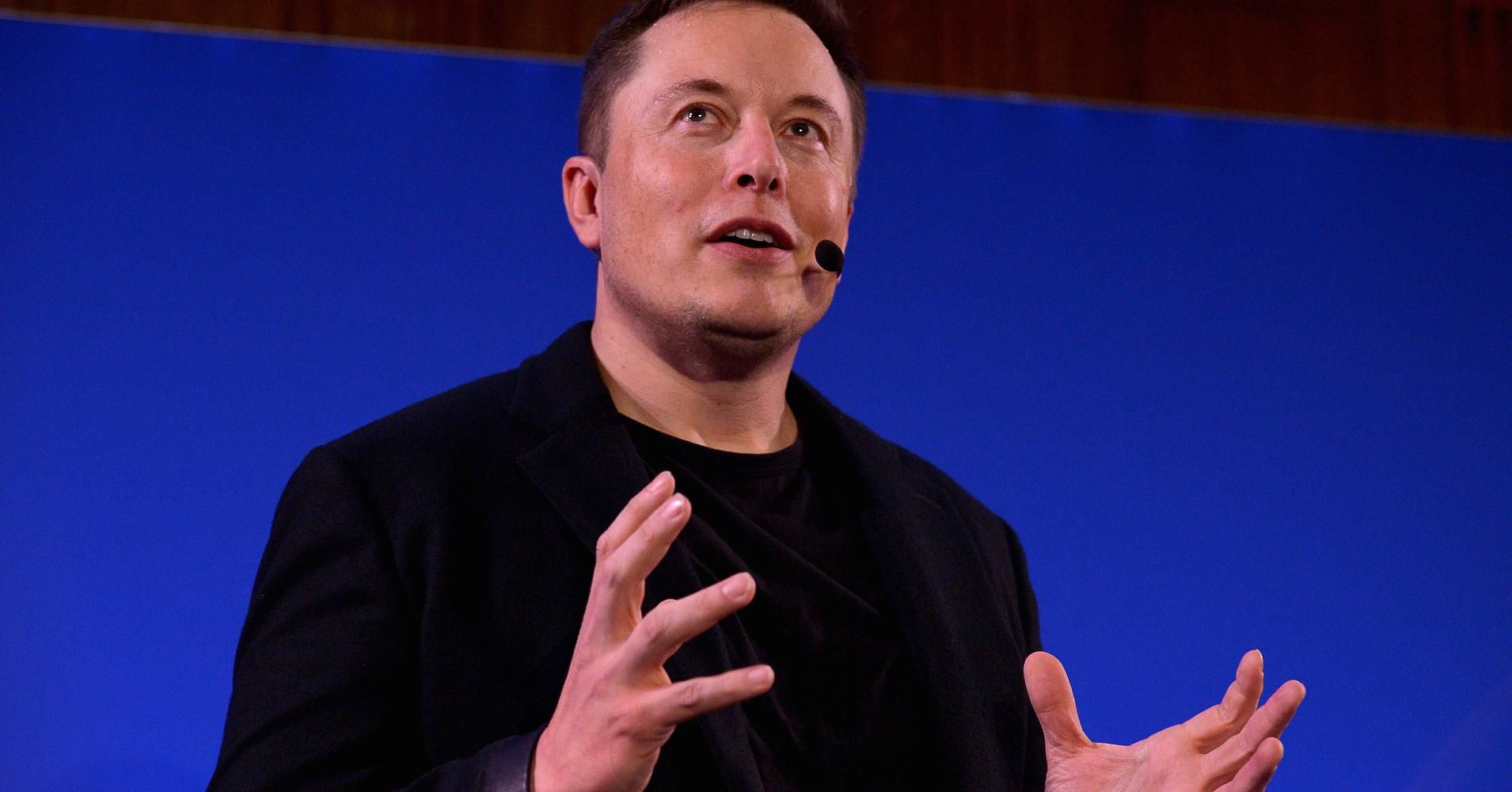
The Tesla and SpaceX CEO says that a universal basic income will allow more time for leisure.
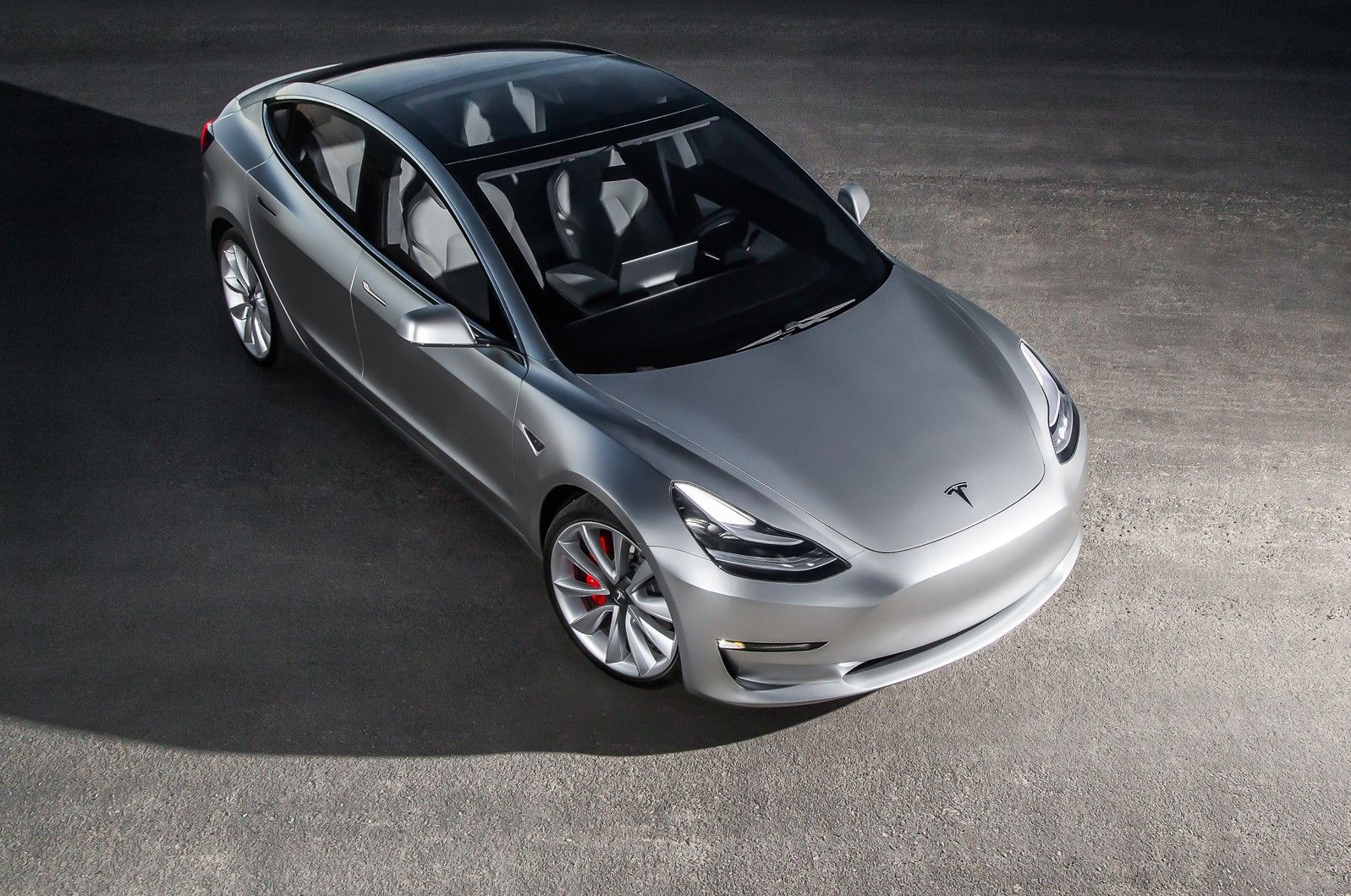
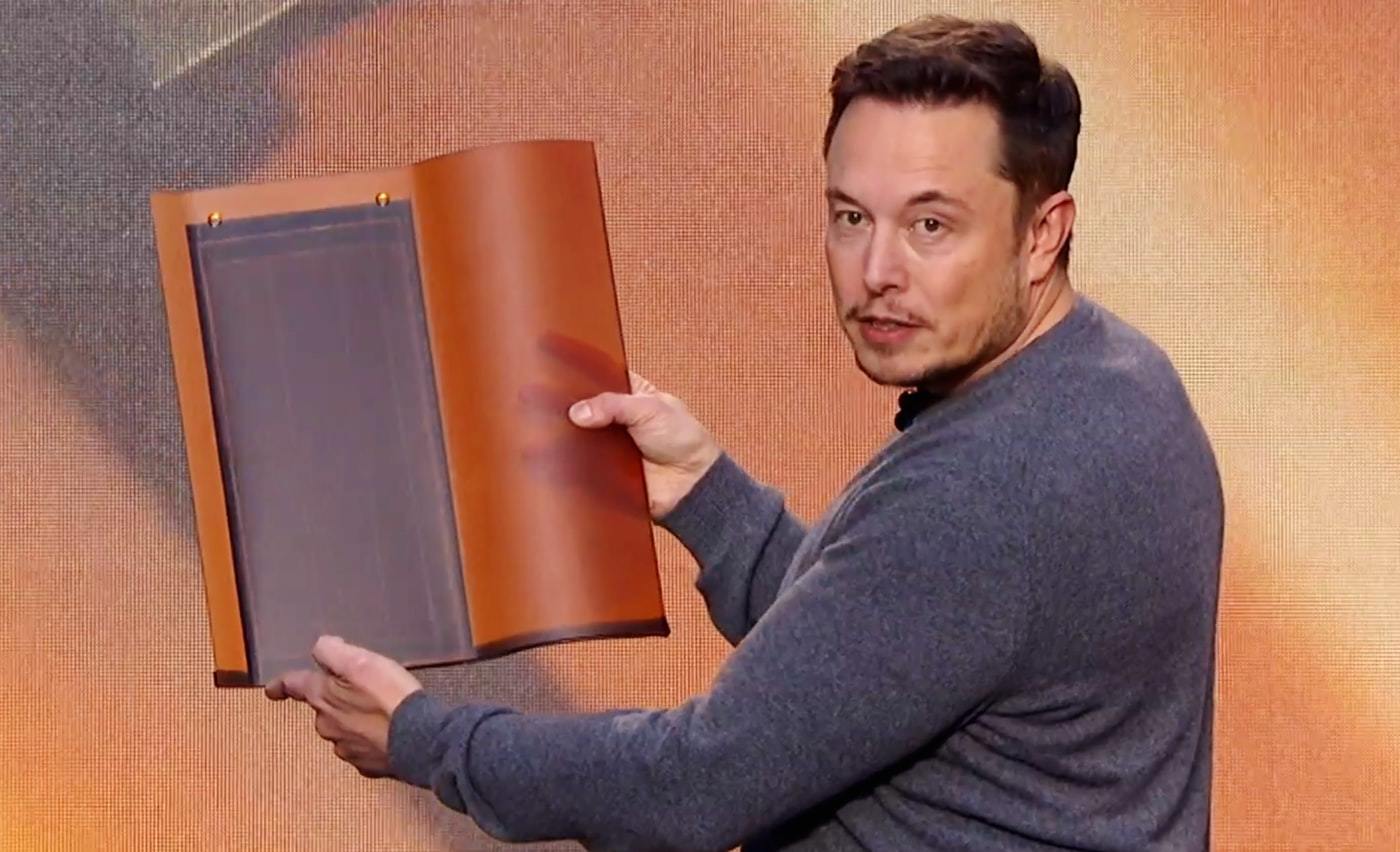
Hold onto your butts solar aficionados, the next generation solar roof is coming, and it looks good. During a brief event Friday night, Elon Musk presented his plan to integrate solar roofs with Powerwall power packs. But that’s not all. On Saturday Musk expanded on his talk by explaining via Twitter that the new solar tiles would come with some pretty sweet features — more specifically, built-in defrosters.
Unlike the solar systems of the past, Tesla’s newly designed roofs will feature aesthetically pleasing, energy efficient glass solar tiles, that will replace a home’s roof rather than sit on top of it.
Harsh weather conditions — like snow and ice — are known for wreaking havoc on traditional asphalt shingles, but that’s not the case with Musk’s new design. The solar glass tiles are not only more durable, but are also packing specialized heating elements that work much like the rear defroster does on your car.